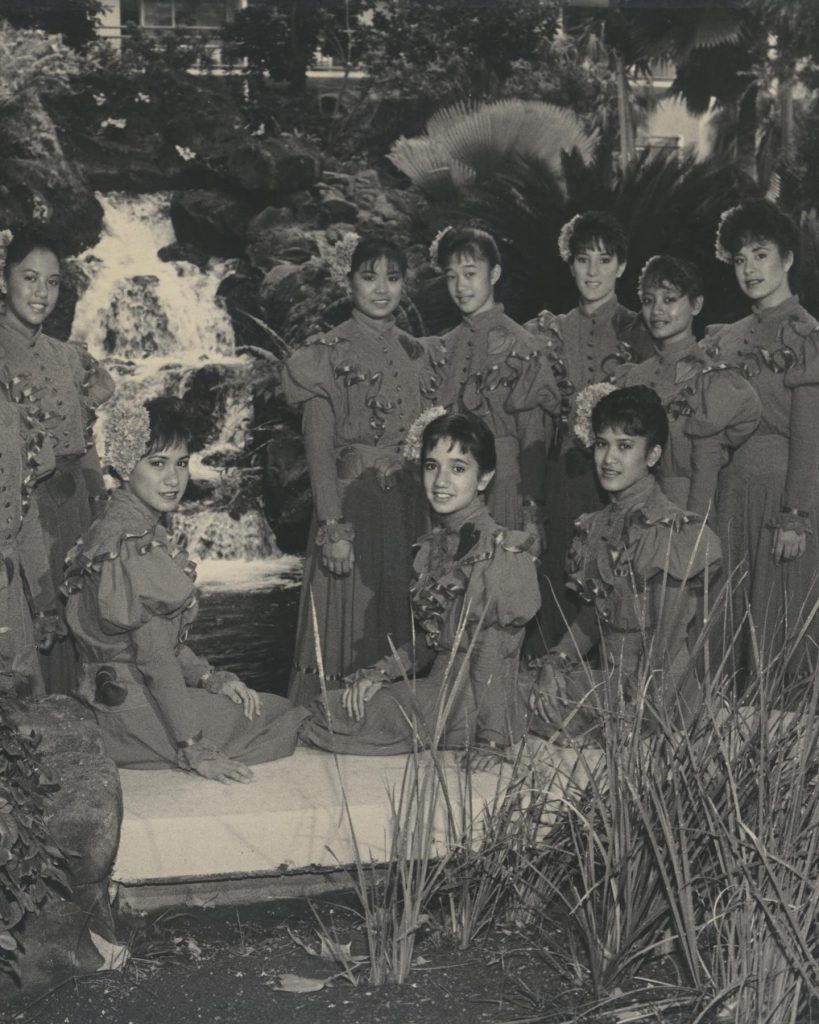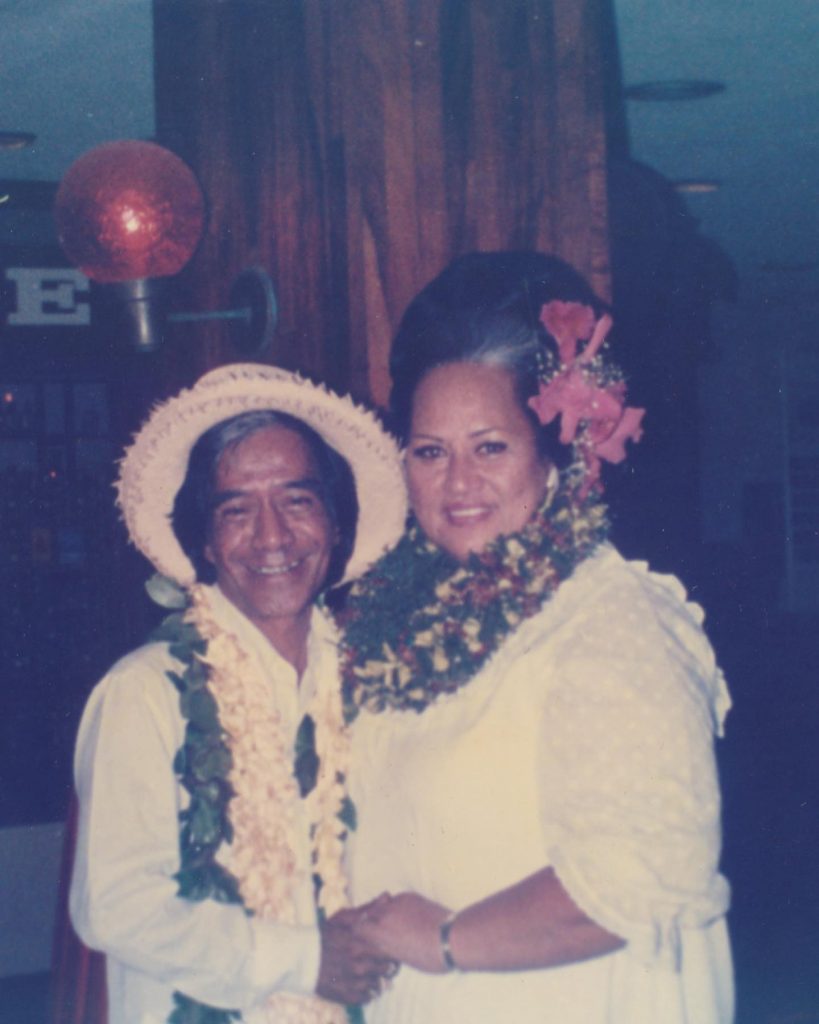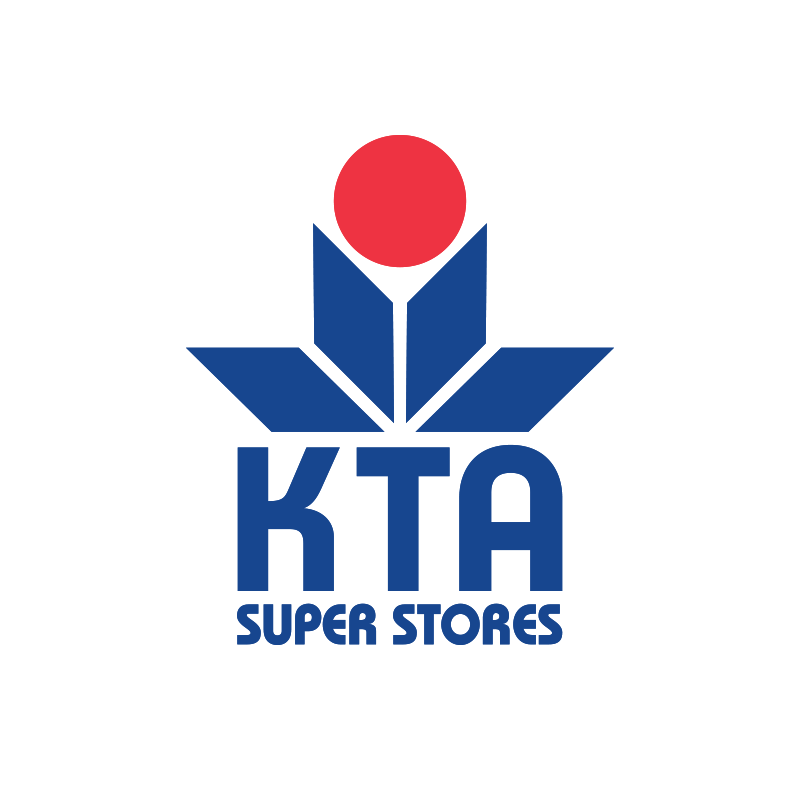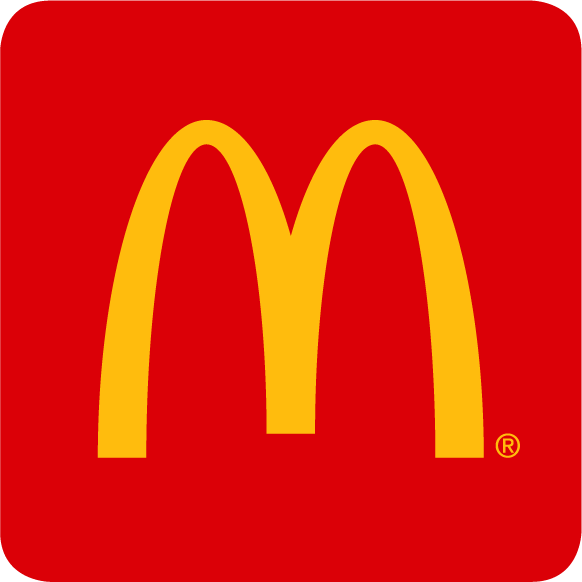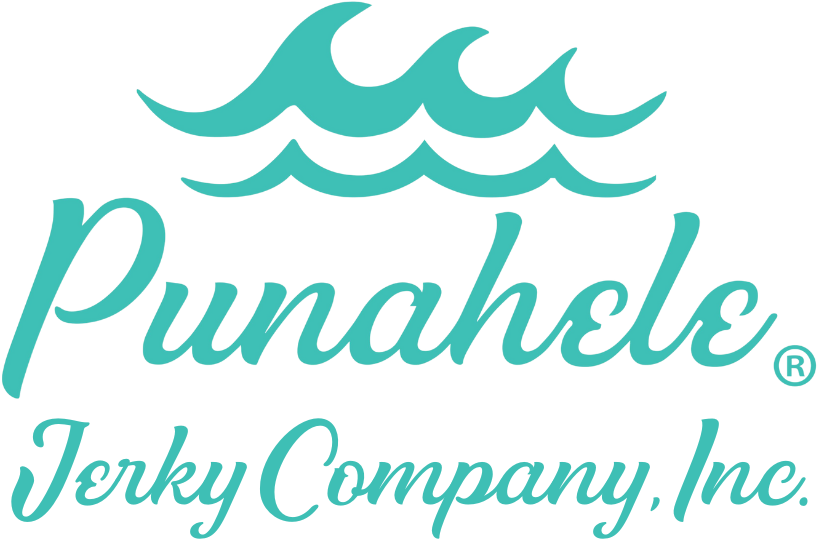Festival named after the ‘Merrie Monarch’ who brought hula back to Hawaiʻi

The year was 1963. Sugar plantations along the Hāmākua Coast were in decline and the island was still reeling from the devastation caused by the 1960 tsunami. Hawai‘i County Chairwoman Helene Hale was looking for a way to tap into the burgeoning tourist industry to help the Big Island’s struggling economy.
She sent her administrative assistant Gene Wilhelm and Promoter of Activities George Na‘ope to Maui to check out the Lahaina Whaling Spree in hopes of duplicating the event on the Big Island. But it turned out to be “just a drunken brawl,” Na‘ope told the the Honolulu Star-Bulletin in 1999.
Asked what kind of event he would propose instead, Na‘ope recalled saying the first thing off the top of his head: “Oh yeah, we going to honor King [David] Kalākaua — call it the Merrie Monarch Festival.”



The seed was planted. A committee was formed, and in 1964 the County put on the first festival named in honor of the king, who was known as “Merrie Monarch” for his fun-loving and flamboyant ways. The early festivals were far different than today’s version, featuring the King Kalākaua beard look-alike contest, barbershop quartet contest, relay race, re-creation of Kalākaua’s coronation and Holokū Ball.
Four years later, with support and interest waning, the festival was on the brink of ending. That’s when Dottie Thompson — who had worked for the County for 33 years and managed Aloha Week events around the island for dozens of years — volunteered to takeover. She did not want to see another Hawaiian event get pushed to the wayside.

Under Thompson’s direction, the festival pivoted to replicate the ideals of Kalākaua, who worked to revitalize Hawaiians and their culture, instead of simply celebrating the Kingdom of Hawai‘i’s last king, who ruled from 1874 until his death in 1891. During his reign, Kalākaua brought back hula after influential Christian Missionaries in the government had repressed it.
By 1971, the festival’s first hula competition took place at the Hilo Civic Auditorium, with nine hālau participating and the first Miss Hula title claimed by Aloha Wong. To get into all the events required purchasing a $1 button. The rest, as they say, is history.
Today, the Merrie Monarch Festival is the most prestigious hula event in the world.
Thousand of dancers, kumu (teachers) and fans from around the state and internationally are descending on Hilo this week. Hundreds of thousands also will watch from around the globe via the internet. The 2022 festival was seen in 146 countries, including Syria, Iraq, Japan, Canada, Mexico, Germany, New Zealand, Australia and eight countries in Africa, and in more than 6,000 cities internationally.
The Merrie Monarch Festival now is led by President Luana Kawelu, Thompson’s daughter.
Kawelu said her mother, the festival’s executive director from 1968 until her death in 2010, would not believe how much Merrie Monarch has grown: “I don’t think she’d believe how worldwide it has spread.”
This year’s 60th edition of the beloved festival will be special. It kicks off today, returning to its full glory three years after the COVID-19 pandemic forced its cancellation in 2020, the first time ever, and scaled back versions in 2021 and 2022. The hula competition was recorded and broadcast later in 2021 because of COVID restrictions; and no general public tickets were sold in 2022 as gathering size limitations continued.
“The Merrie Monarch is Hilo — it brings out the best of our island,” Hawai‘i County Mayor Mitch Roth said. “It brings out the best because it’s a convening of practitioners of multiple disciplines. It’s a convening of traditions from across the state and is representative of every island’s people and history.”
This year, 23 hālau hula, including three from the Big Island, and 12 Miss Aloha Hula candidates will take the stage April 13-15 at Edith Kanaka‘ole Multi-Purpose Stadium.
The festival has become so popular you’re lucky to get one of the coveted 4,200 ticketed seats inside the stadium. Tickets for Wednesday’s night Hōʻike, a non-competitive hula exhibition, also sold out within hours.
The official festival also includes opening ceremonies and celebration during the Ho‘olaule‘a, the four-day official Merrie Monarch Hawaiian Arts and Crafts Fair and the Merrie Monarch Festival Royal Parade.
There also are countless other unofficial hula performances and festival events around East Hawai’i. Alas, no King Kalākaua beard look-alike contest.

“All of these activities serve to perpetuate a multitude of Hawaiian cultural practices, like hula, chanting, language, music, cooking, lei making, weaving, carving and pāʻū riding,” Kawelu said in testimony last June for a field hearing of the U.S. Senate Committee on Indian Affairs.
The success of the festival is in large part due to the leadership of Thompson and Kawelu, who is continuing her mother’s legacy.
During Thompson’s reign, the competition was opened up to men in 1976, increasing interest and enthusiasm for the festival exponentially. The same year, Kawelu started working with her mother on all facets of the festival. Outgrowing the auditorium, the festival moved in 1978 to the Ho‘olulu Tennis Stadium, now the Edith Kanaka‘ole Multi-Purpose Stadium, which it still calls home.
The 1970s was a decade of Hawaiian Renaissance, a rebirth of cultural pride and the practice of Hawaiian language, music, voyaging, arts and crafts. The festival’s growth coincided with that as Thompson moved it more toward a Hawaiian theme. During this time, organizers also increased the festival to a full week.
A third night of competition was added in 1980 because of an increase in Miss Aloha Hula contestants. The same year, the festival sold out for the first time. Merrie Monarch began to be televised in 1981.

“Today, we showcase up to 25 hālau over three days of competition, providing a platform on which today’s kumu hula, who held tight to the teachings of their kumu, can showcase their generational knowledge,” Kawelu said in her testimony to the Senate committee last June. “Many more hālau await their opportunity to share their hula traditions on the Merrie Monarch stage.”
Kawelu, a retired social worker now in her 80s who had danced hula “a long time agon” until she broke her wrist , took over the festival’s leadership in 2010. She oversees everything from managing the competing hālau to sorting the thousands of ticket requests that come into the office from around the world every year.
“This is a volunteer position,” she told Honolulu magazine in 2019. “I question myself. I think, ‘Why am I doing this?’ But I have my mom’s picture above my desk, and this is her legacy. I could never let her down.”

Kawelu plans to turn the torch over to her daughter Kathy one day, and her granddaughter Kawena also works in the office with them. Several Kawelu family members help with the festival. Even some of Kawelu’s youngest grandkeiki can be seen sometimes peaking through doorways, covertly listening to what’s going on, or asking Grandma questions.
“The Kawelus are the conveners and without their work and commitment, the sharing of knowledge may not exist as vibrantly as it does today,” Roth said. “The continuity of tradition is highlighted in the year-after-year success of the event. There is a certain feeling that Hilo has during the Merrie Monarch that is consistent and almost timeless. Aunty Luana, Aunty Dotty and all the longtime volunteers and staff certainly play a role in that.”
The Kawelu family’s commitment to perpetuating the Hawaiian culture is an important part of the festival’s longevity and history, agreed Keahi Tucker, an anchor for the festival’s official broadcaster Hawai‘i News Now.
Tucker has covered the festival for more than a decade. He said the family has done an amazing job protecting the integrity of the event by focusing on hula and nurturing connections to the art that go back generations.
Kawelu’s favorite parts of the festival are “sharing of our culture and the devotion and passion that the kumu hula have for this art form that they’re so willing to share with the world,” she said during a Honolulu magazine interview. “I so admire them. I’m just in awe, I tell you. I am in awe of what the kumu teach the haumāna (students) and what it produces on the stage. It is inspiring.”

It’s the entire Merrie Monarch ‘ohana that makes the festival special.
“So many people are involved in this festival, and each person involved is really touched in a way and inspired to learn about their culture or perpetuate it,” Tucker said. “It’s that mechanism that really keeps it alive. So by organizing this festival that brings the whole state together, there’s a power in that unity, where everybody across Hawai‘i and Hawaiian people around the world are connected for this week.

“That in itself is a big driver of new ideas, of not just hula but fashion and language and spirituality, all kinds of aspects of the culture, and then of human relations — people connecting with each other, family, friends, new friends, just making bonds. That’s a very special thing.”
The official Merrie Monarch Festival website sums up its history: “Although the initial motivation for the Merrie Monarch Festival was to boost the economy of Hawaiʻi island through tourism, this event has come to serve a far greater purpose, which is perpetuating Hawaiian culture.
“Just as Kalākaua, the Merrie Monarch, sought to strengthen Hawaiian people through the revitalization of cultural practices, the festival strives to ensure the vibrancy of Hawaiian culture for future generations.”
Sponsored Content
Comments







